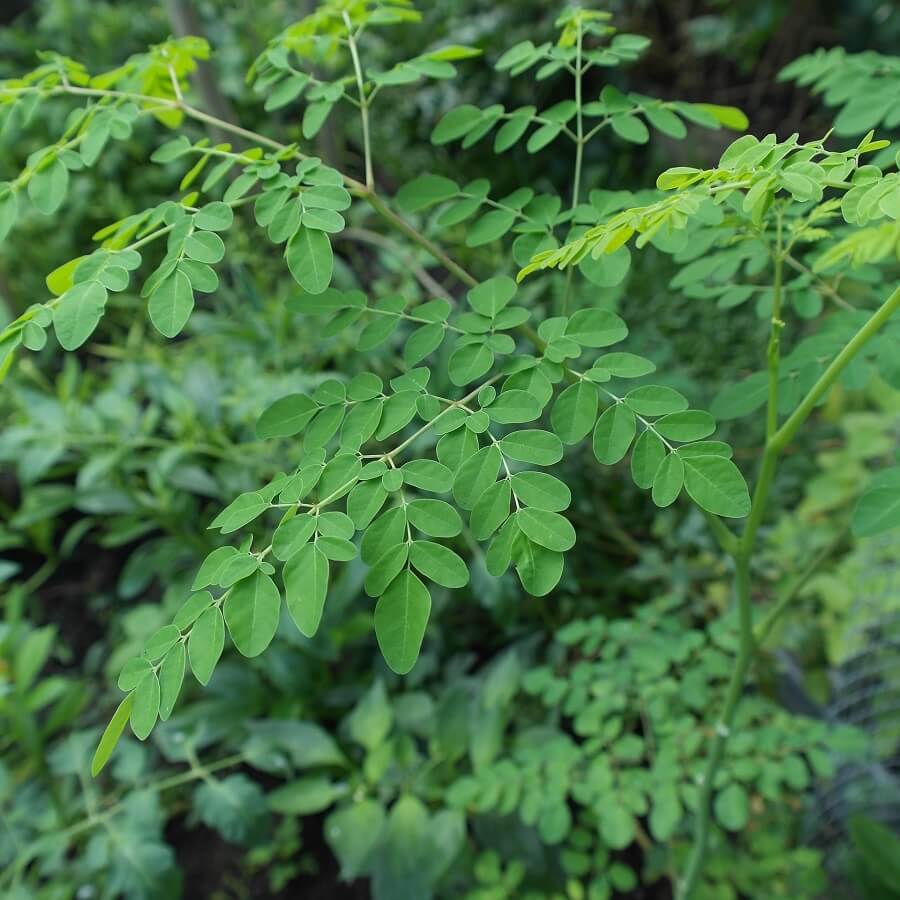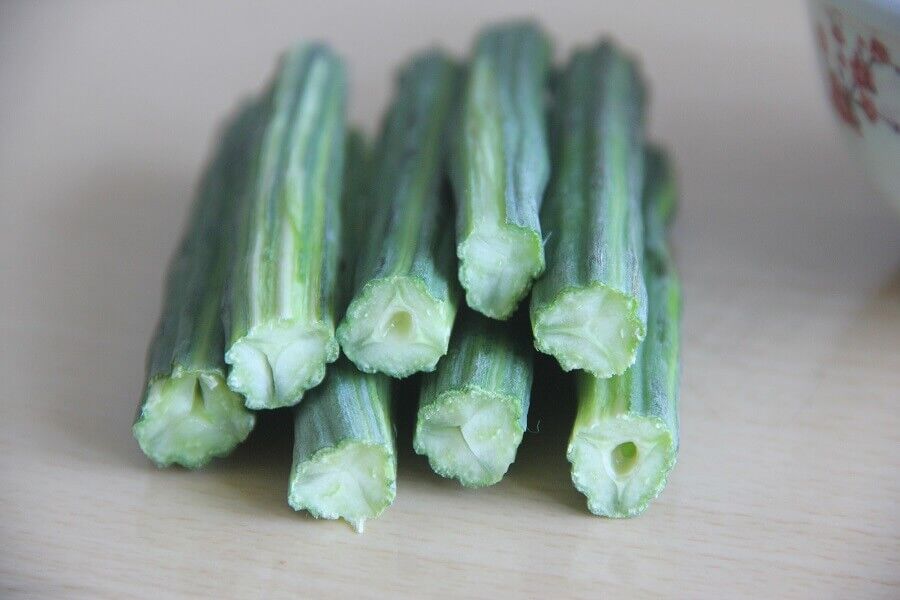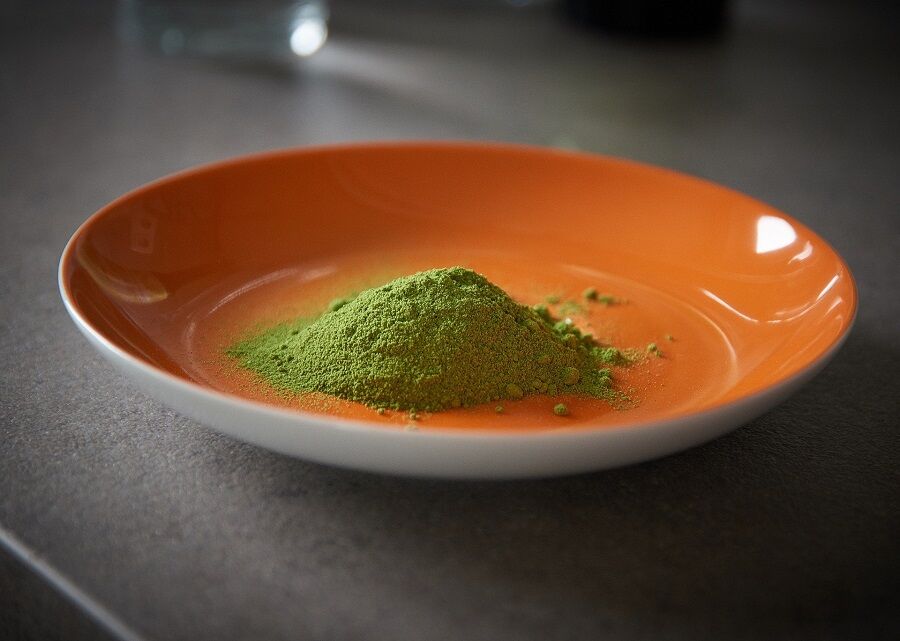All about Moringa (the drumstick tree)
Understanding Spices
Your cart is empty.
SUBTOTAL
£0.00

Understanding Spices
Moringa oleifera is a plant which is also nicknamed the drumstick tree, the miracle tree, the ben oil tree, or the horseradish tree. This fast-growing, drought-resistant tree belongs to the Moringaceae family, and is native to the Indian subcontinent. It can be found across Africa, Asia, the Middle East and the Caribbean.
For centuries, moringa has been praised for its multitude of health benefits and is essentially a living pharmacy for people who live in these regions. Since it’s so hardy and disease resistant, the plant is a godsend in countries that experience dry seasons.
India is the largest producer of moringa, with 1.2 million tonnes of fruit being produced each year. In South East Asia, moringa is grown in home gardens and as living fences. They’re generally grown for their leaves and fruit, especially in countries like Indonesia and the Philippines. In Western countries, dried moringa leaves are sold as dietary supplements, usually in powder or capsule form.

Moringa leaves are most commonly used in cooking and can be used in many ways. It’s often used in clear soups, such as the Indonesian sayur bening (vegetables boiled with galangal or lemon basil) and the Filipino tinola (chicken soup with green papaya cooked in broth). In Kerala, moringa leaves are finely chopped and used as a garnish for vegetable dishes and salads, such as thoran (dry vegetable curry).
Moringa leaves are often dried and powdered to preserve their nutrients. The powder is then added to soups, smoothies and sauces, and baked into cakes and bread.

The fruit of the moringa tree look like ribbed pods, each about a foot in length. They’re most commonly stewed in curries and soups, often chopped into shorter lengths as seen in the photo. The flavour is often said to be similar to asparagus with a hint of green beans.
In India and Bangladesh, curries are made by boiling the young fruit together with coconut milk and spices like poppy or mustard seeds. The fruit is also commonly used in dals and lentil soups, where it is pulped and cooked with spices like turmeric and cumin. You’ll also find moringa fruit pulp in dishes like bhurta (lightly fried mashed vegetables).
The outer skin of the fruit is quite tough and fibrous, so depending on how mature the fruit is, the pods are often chewed to extract the juices and nutrients before discarding the outer layer.

Within the drumstick-like fruits, you’ll find even more remarkable seeds. Moringa seeds are packed with protein and contain non-toxic polypeptides which act like filters. The seeds can be ground into powder and mixed with water, causing sediments to clump together and separate. When strained through a cloth, it becomes a cheap way to access clean water. What’s amazing is that only two seeds are needed to purity a whole litre of dirty water.
The seeds are also used to produce a yellow oil called ben oil. The oil is clear and odourless and doesn’t easily spoil. As well as being used in cosmetics and perfume, it can also be used in cooking as it contains healthy, unsaturated fats.

Moringa is often nicknamed the world’s most useful tree, as every part of this plant is packed with nutrients. One cup of fresh, chopped leaves contains:
Moringa is also very low in fat and contains no harmful cholesterol. In comparison to the leaves, the pods are lower in vitamins and minerals. However, they contain a high amount of vitamin C, and one cup of fresh, sliced pods contain 157% of your RDA.
A review in the journal Food Science and Human Wellnessfound that Moringa oleifera provides more than 7 times the vitamin C of oranges, 10 times the vitamin A of carrots, 17 times the calcium of milk, 9 times the protein of yogurt, 15 times the potassium of bananas and 25 times the iron of spinach.
Here are just a few of moringa’s health benefits:
Antioxidants are compounds which protect your body from free radicals. High levels of free radicals can cause oxidative stress, which lead to chronic diseases like heart disease and type 2 diabetes. As well as vitamin C and beta-carotene, moringa includes quercetin, which can lower blood pressure.
High blood sugar is a serious health problem, and the main characteristic of diabetes. High blood sugar can also lead to heart disease. Studies have shown that chlorogenic acid, an antioxidant in moringa, helps to lower blood sugar levels.
Inflammation is your body’s natural response to infection. Although it’s a protective mechanism, it can also become a health issue if it’s prolonged and can lead to conditions such as heart disease and cancer. Moringa contains isothiocyanates which are the main anti-inflammatory compounds in the plant. Moringa is especially useful in treating edema, a condition where body parts swell from injury or inflammation. It happens when small blood vessels leak fluid into tissues in the body. Moringa’s anti-inflammatory properties are effective in preventing edema from happening.
Moringa contains antibiotic and antibacterial properties which are effective in combating infections caused by Salmonella, Rhizopus and E.coli. The antibacterial properties also help to inhibit the growth of pathogens and cure stomach disorders.
Moringa seed oil can help to protect hair against free radicals, keeping it clean and healthy. The protein in moringa also helps to protect skin cells from damage and is often used to cure skin infections and sores. The calcium and phosphorus content keeps bones healthy and strong, and its anti-inflammatory properties can heal damaged bones and treat conditions like arthritis.
Understanding Spices
Spices have long been integral to the UK's culinary landscape, adding depth, flavours, and richness to a myriad of dishes. From the pungent aroma of cumin in Indian curries to...
Read MoreUnderstanding Spices
Confetti is an essential part of any wedding day. Not only is it a wonderful way to greet a newlywed couple, but it also provides some beautiful photo opportunities. The...
Read MoreSeasonal Ideas
It’s no secret that any handmade gift will always be more special than a store-bought one. Homemade food gifts are especially wonderful, a labour of love that shows someone you...
Read MoreHealth and Wellbeing
It’s no secret that winter’s cold and gloomy weather makes us crave indulgent dishes like fondue and baked goods like sticky toffee pudding and apple crumble. While Christmas is the...
Read More